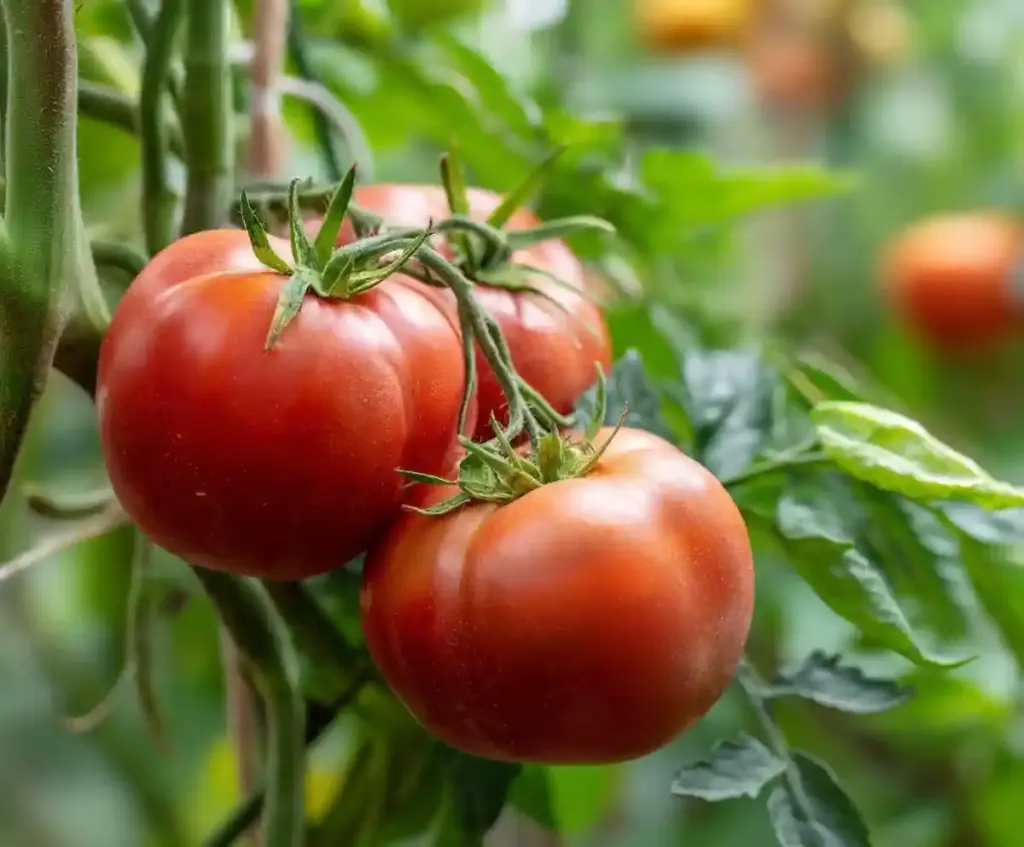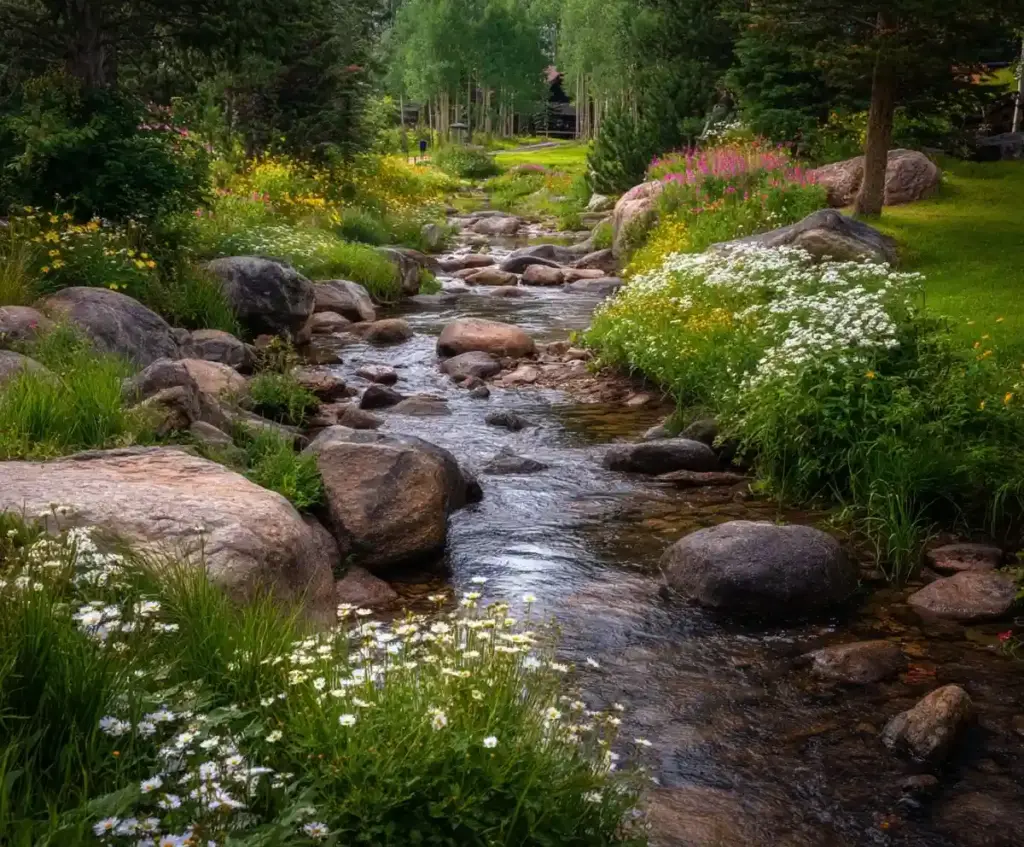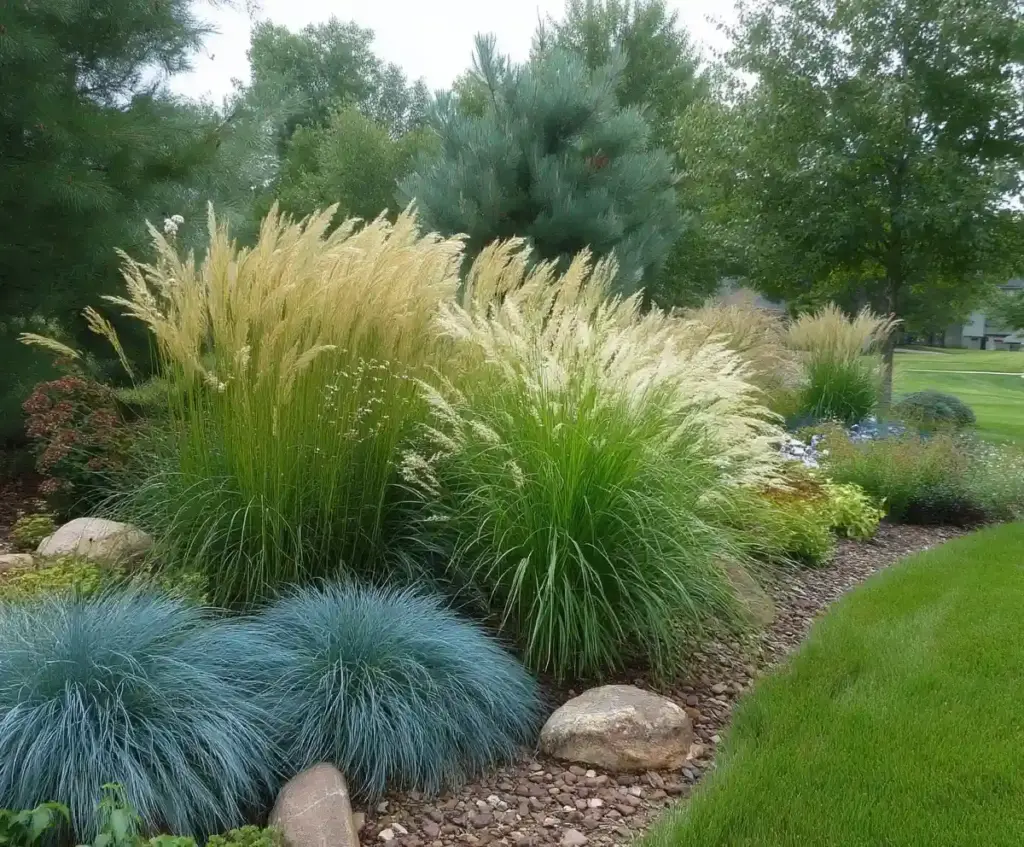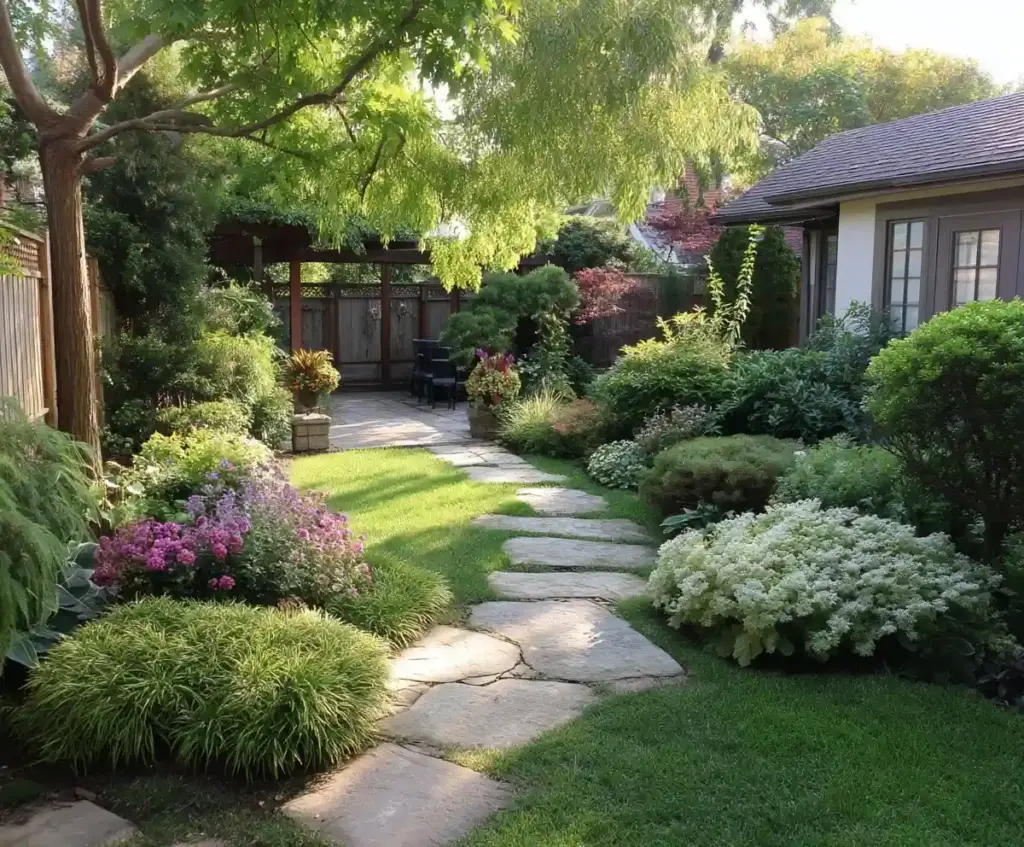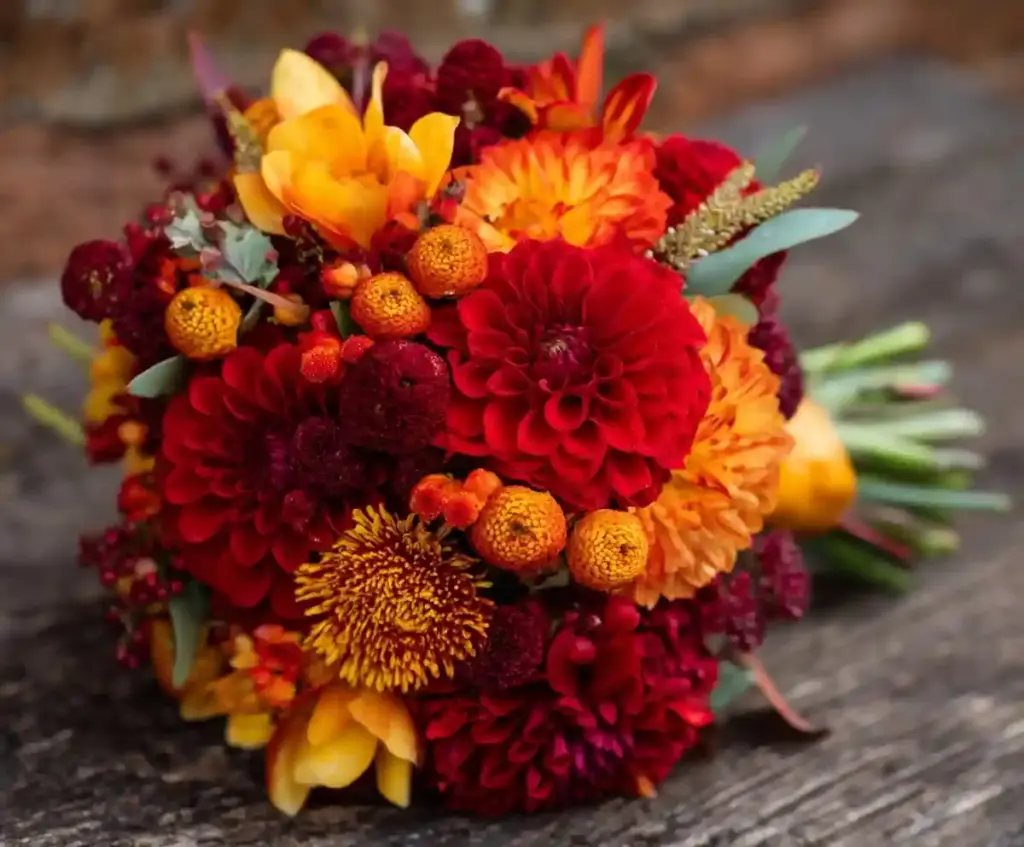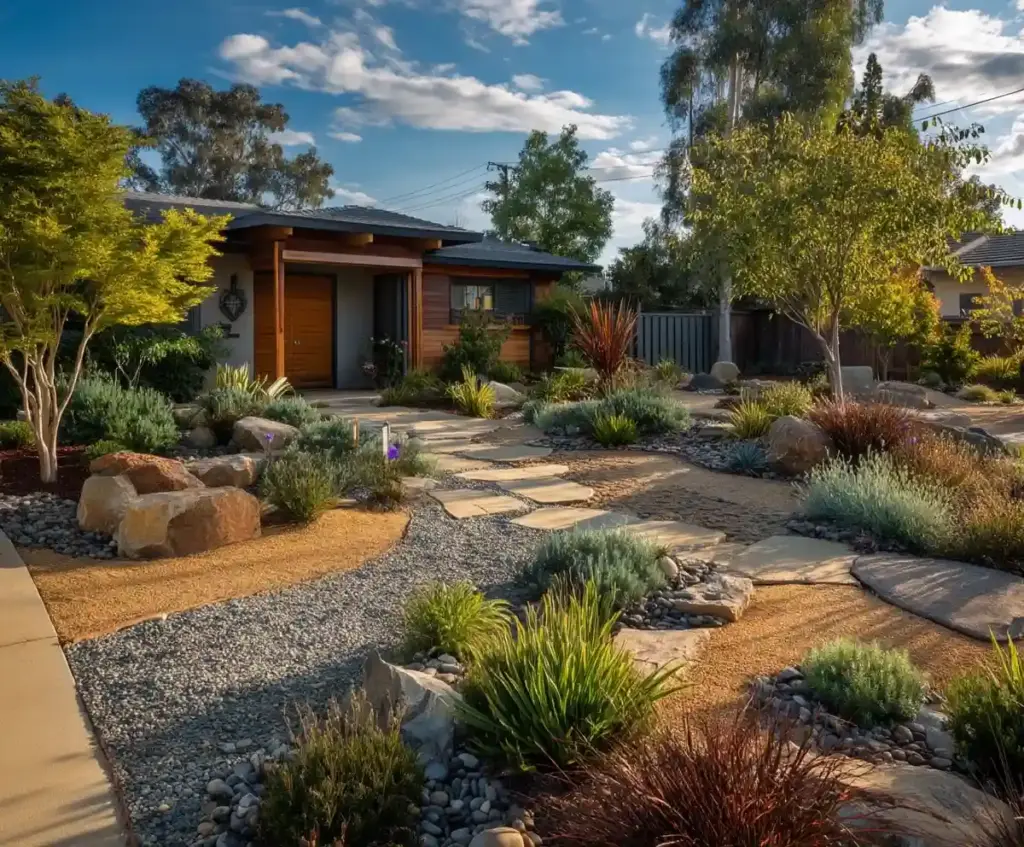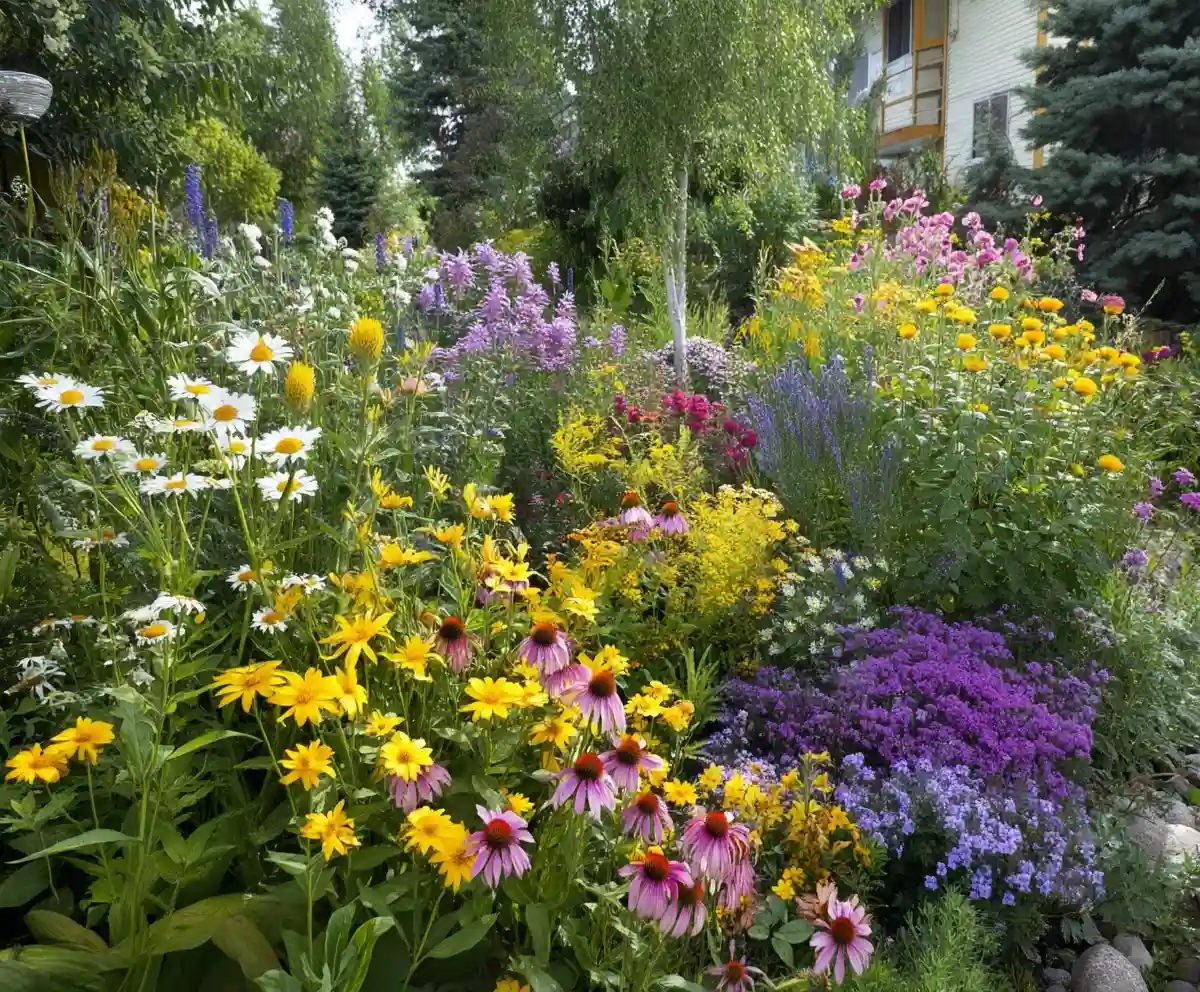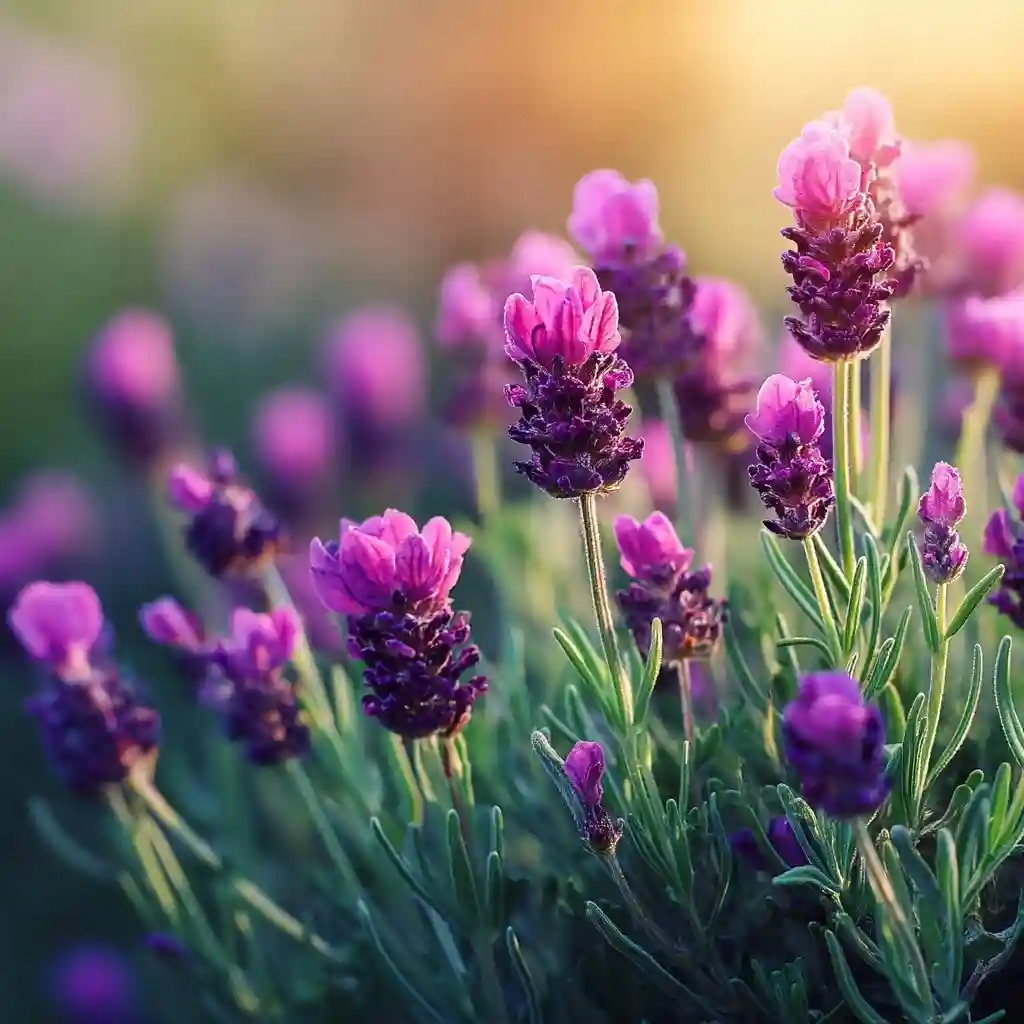Drought-tolerant plants are a gardener’s best friend when the summer sun shows no mercy. These resilient beauties thrive with minimal watering, keeping your yard vibrant without constant upkeep. By choosing plants that can handle dry spells, you not only save time and water but also create a sustainable landscape that supports local pollinators. Whether you’re working with sandy soil, a hot patio garden, or a low-maintenance front yard, the right drought-tolerant plants can bring color and texture to your outdoor space all season long.
Table of Contents
1. Lavender (Lavandula)
Lavender is a classic choice among drought-tolerant plants thanks to its fragrant blooms and ability to thrive in dry, sunny conditions. This hardy perennial loves well-drained soil and requires very little maintenance once established. Its silvery-green foliage adds a soft texture to garden beds, while the purple flowers attract bees, butterflies, and other pollinators. To encourage healthy growth, plant lavender in a spot with full sun and prune lightly after flowering to keep the shape compact. Beyond its beauty, lavender can also be cut for bouquets or dried for aromatic uses around the home.
2. Common Myrtle (Myrtus communis)
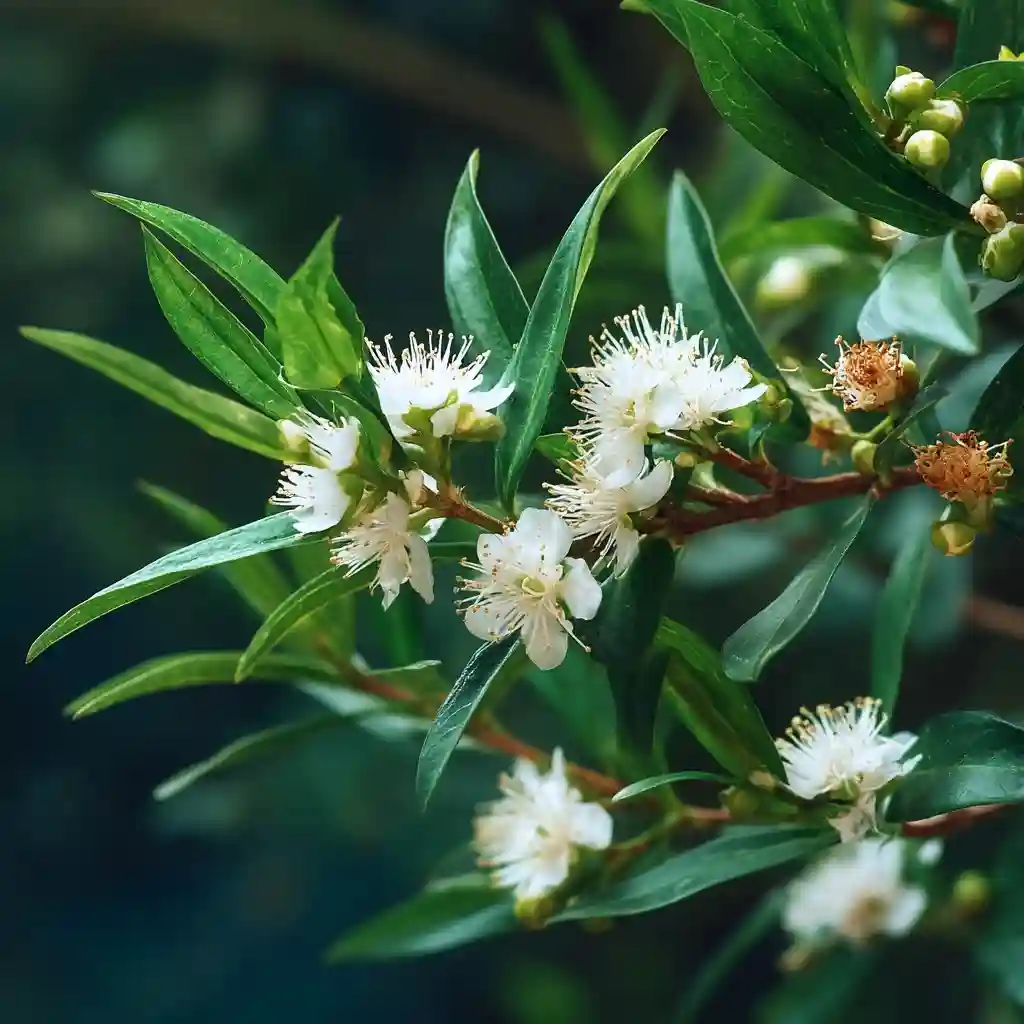
Common myrtle is a versatile evergreen shrub that handles dry conditions with ease. Known for its glossy green leaves and delicate white flowers, this drought-tolerant plant also produces small, dark berries that attract birds. It thrives in full sun and well-drained soil, making it a low-maintenance option for Mediterranean-style or xeriscape gardens. Pruning lightly after flowering helps maintain its shape and encourages new growth. Because of its compact size, common myrtle works well as a border plant, hedge, or even in containers on sunny patios.
3. Rosemary (Salvia rosmarinus)
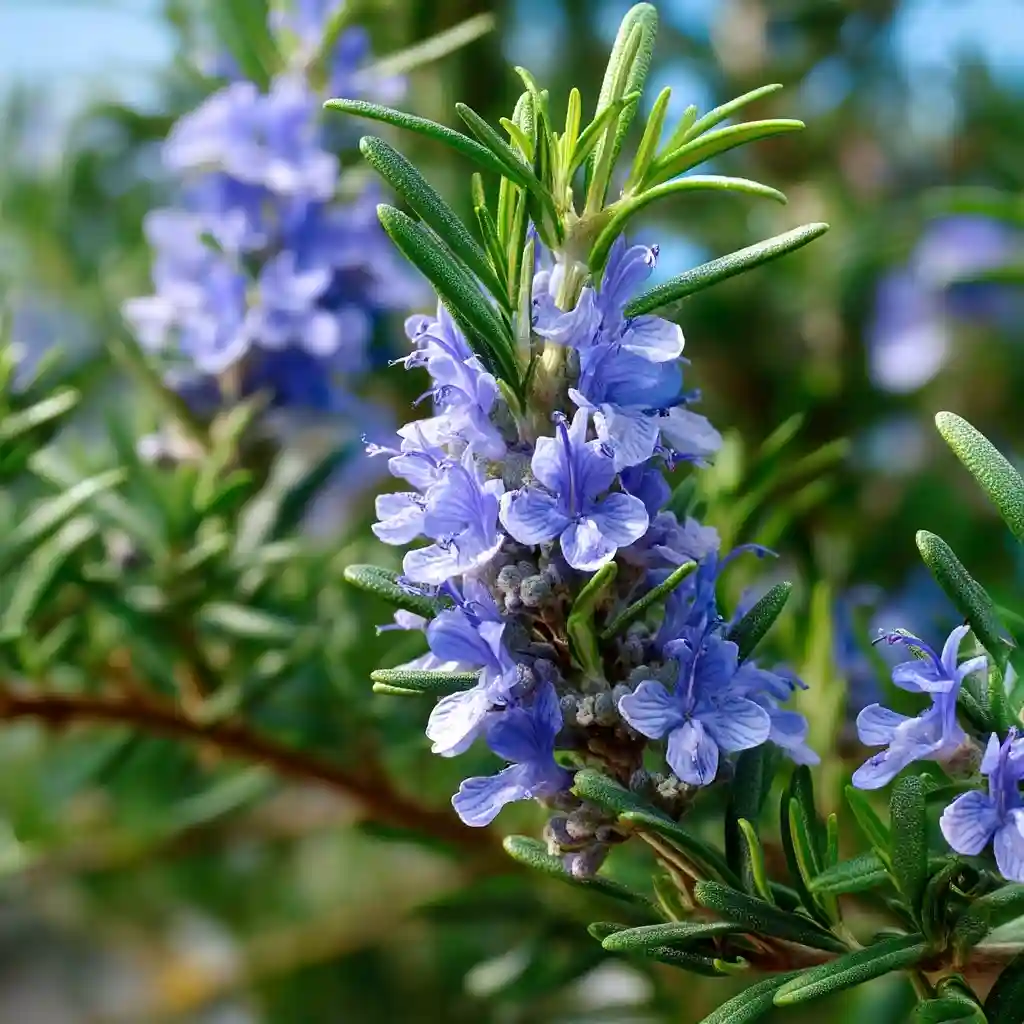
Rosemary is a fragrant herb that doubles as an attractive drought-tolerant plant for the garden. Its needle-like leaves release a refreshing aroma when brushed, and the small blue flowers appear in spring and summer, attracting bees and other pollinators. This Mediterranean native thrives in full sun and well-drained, sandy soil. Once established, rosemary requires very little water and can tolerate hot, dry summers with ease. Beyond its ornamental appeal, the leaves are perfect for culinary use, adding flavor to roasted vegetables, meats, and breads. Plant rosemary in raised beds, borders, or decorative pots for both beauty and utility.
4. Coreopsis (Calliopsis)
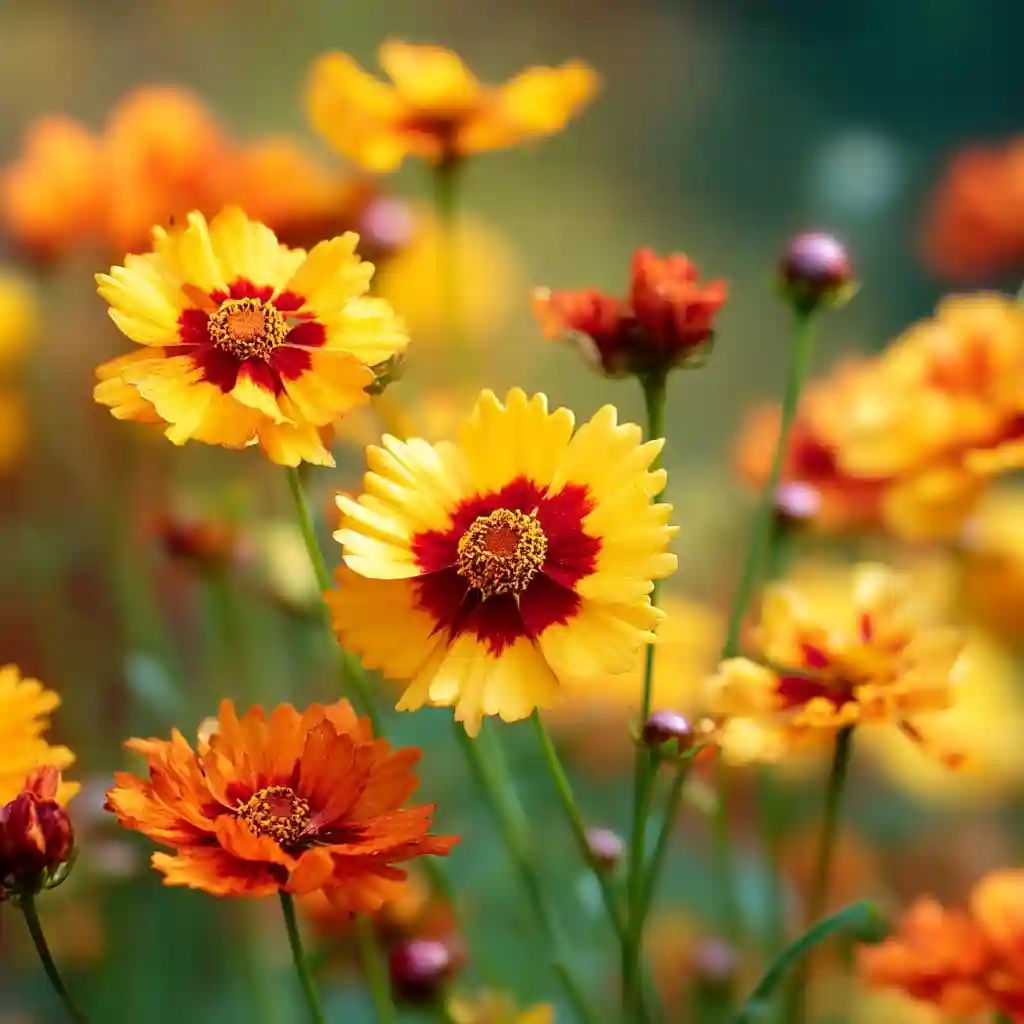
Coreopsis, often called calliopsis or tickseed, is a cheerful perennial that thrives in hot, dry conditions. Its daisy-like flowers come in shades of yellow, orange, and red, adding a burst of color to any low-maintenance garden. This drought-tolerant plant prefers full sun and well-drained soil, but it can adapt to less-than-perfect conditions once established. Coreopsis blooms throughout the summer and attracts butterflies while resisting deer and most pests. For the best display, deadhead spent flowers regularly and divide clumps every few years to maintain vigorous growth.
5. California Poppy (Eschscholzia californica)
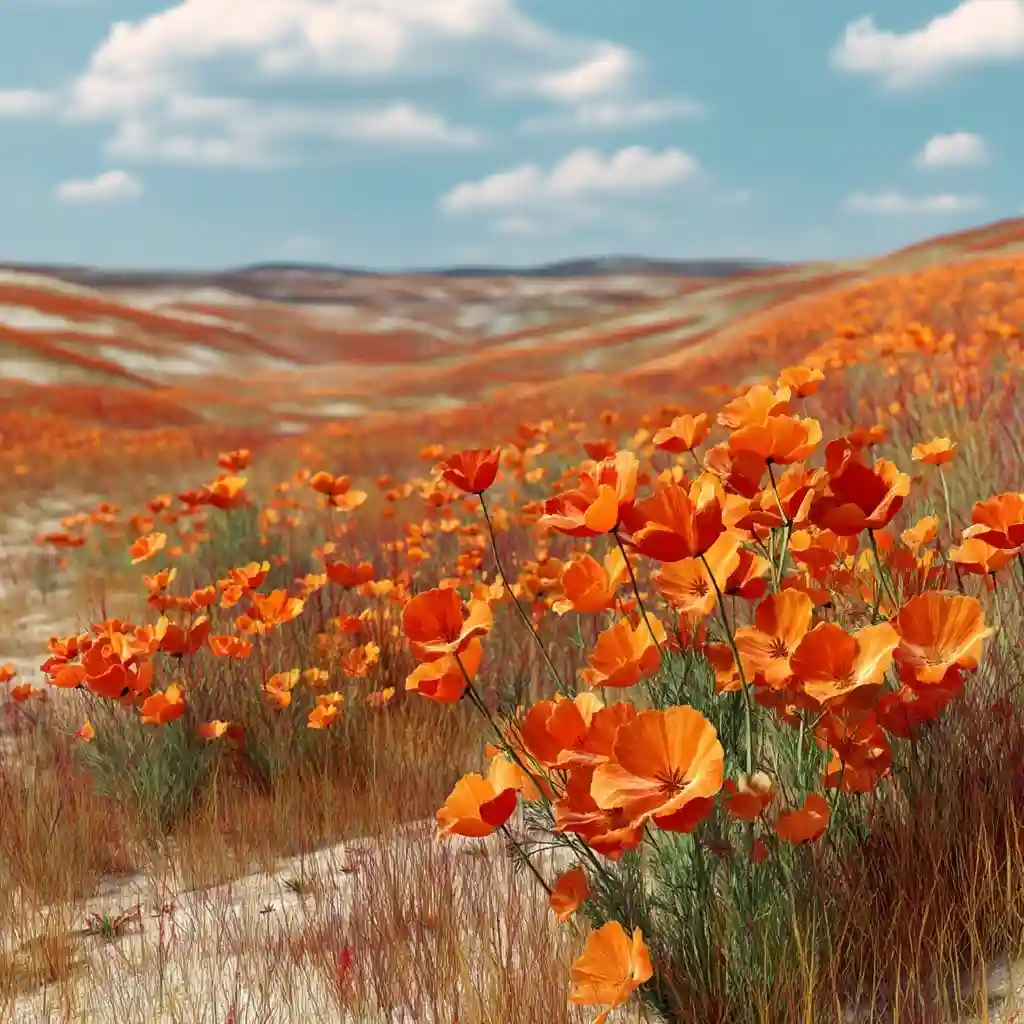
The California poppy is a bright and cheerful addition to any water-wise garden. Known for its vivid orange and yellow blooms, this drought-tolerant plant thrives in poor, sandy soil and requires almost no maintenance once established. It loves full sun and dry conditions, making it ideal for rock gardens, slopes, or wildflower meadows. California poppies are self-seeding annuals, meaning they’ll return year after year with minimal effort. They also attract bees and beneficial insects, supporting a healthy garden ecosystem while providing months of colorful blooms in summer.
6. Lamb’s Ear (Stachys byzantina)
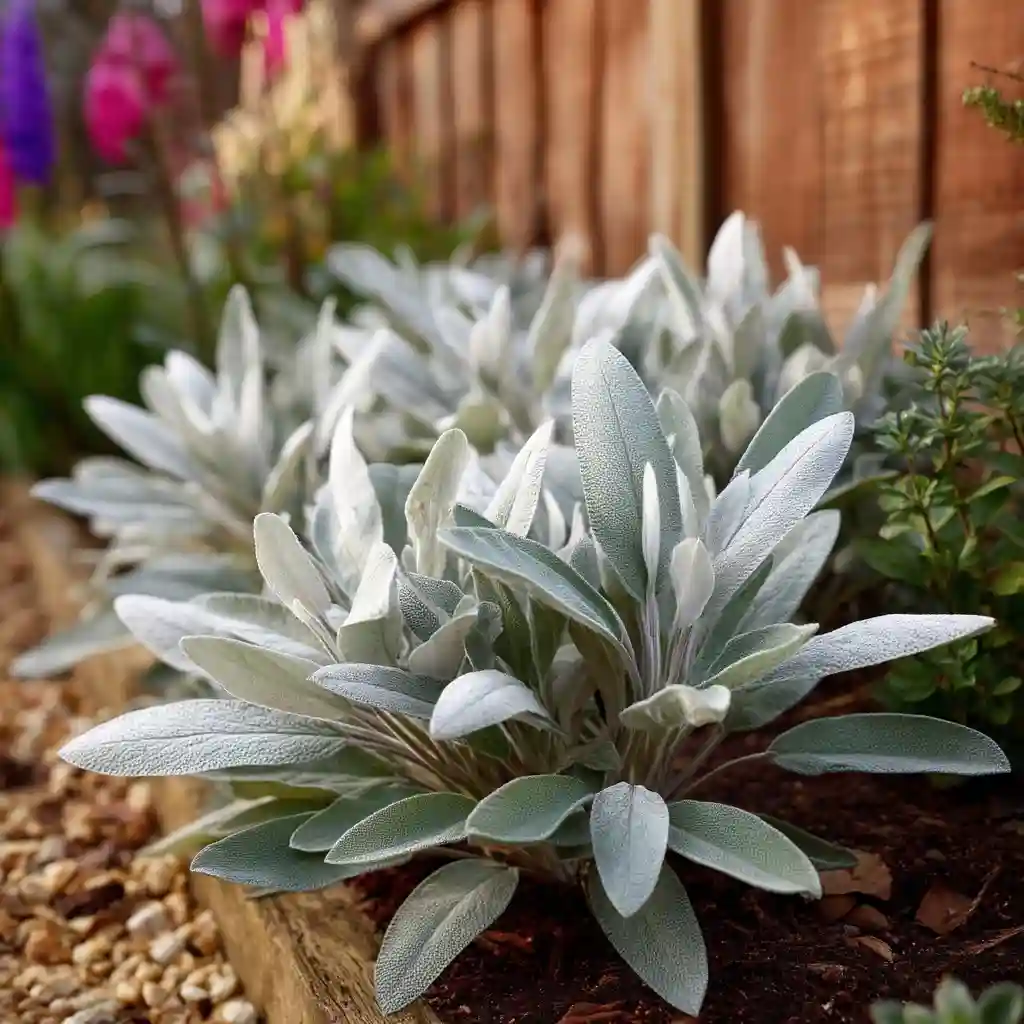
Lamb’s ear is a soft, silvery perennial prized for its velvety leaves and low water needs. This drought-tolerant plant forms a dense ground cover that adds texture and contrast to garden beds, borders, or rock gardens. It thrives in full sun and well-drained soil, tolerating heat and dry conditions once established. Lamb’s ear produces small purple flower spikes in summer, which attract pollinators like bees and butterflies. Because of its mat-forming habit, it also helps suppress weeds, making it a functional and beautiful choice for low-maintenance landscapes.
7. Stonecrop (Sedum)
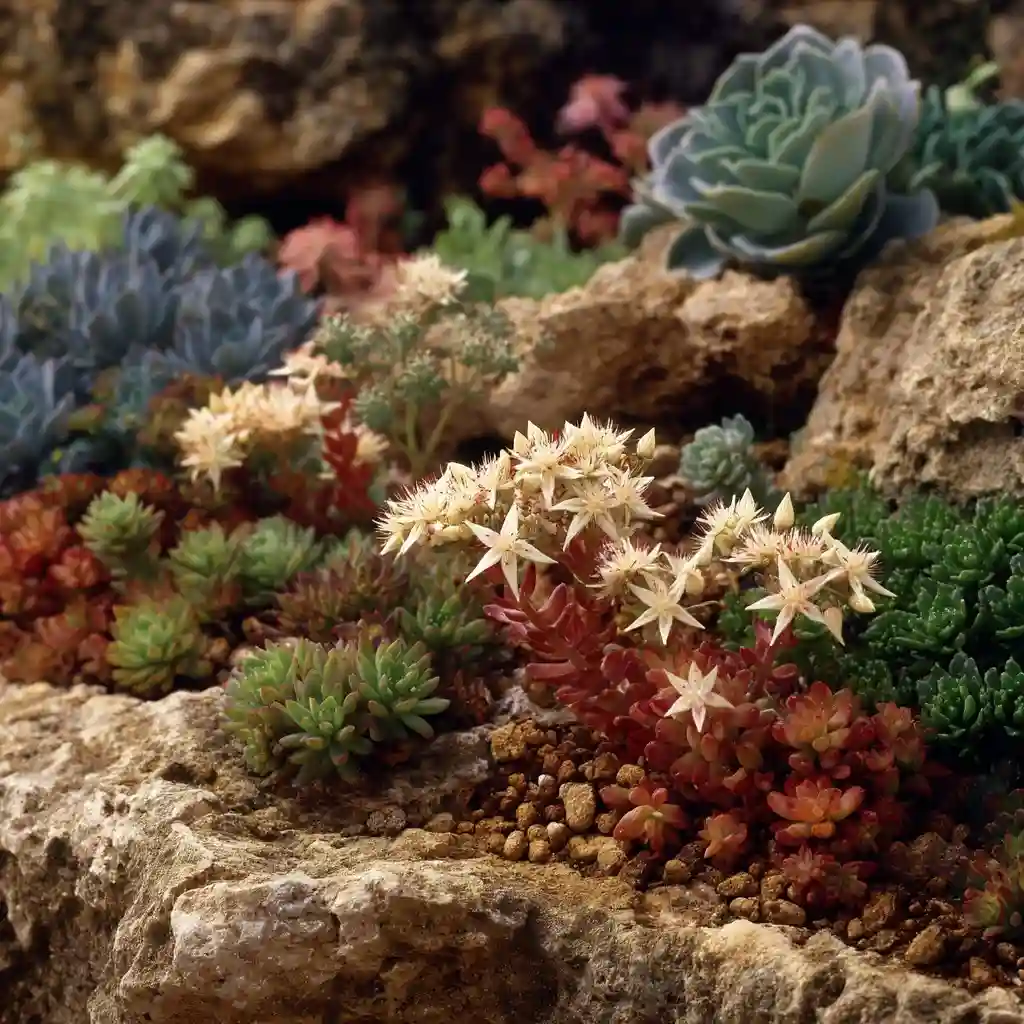
Stonecrop, or sedum, is a succulent that thrives in dry, sunny spots where other plants may struggle. This drought-tolerant plant stores water in its thick, fleshy leaves, allowing it to survive long periods without rain. Its clusters of star-shaped flowers bloom in summer and fall, attracting bees and butterflies to the garden. Sedum comes in many varieties, from low-growing ground covers to upright types that add height and texture to borders. Plant it in well-drained soil or rocky areas for a colorful, low-maintenance display that shines even in the hottest months.
8. Short-Leaf Aloe (Aloe brevifolia)
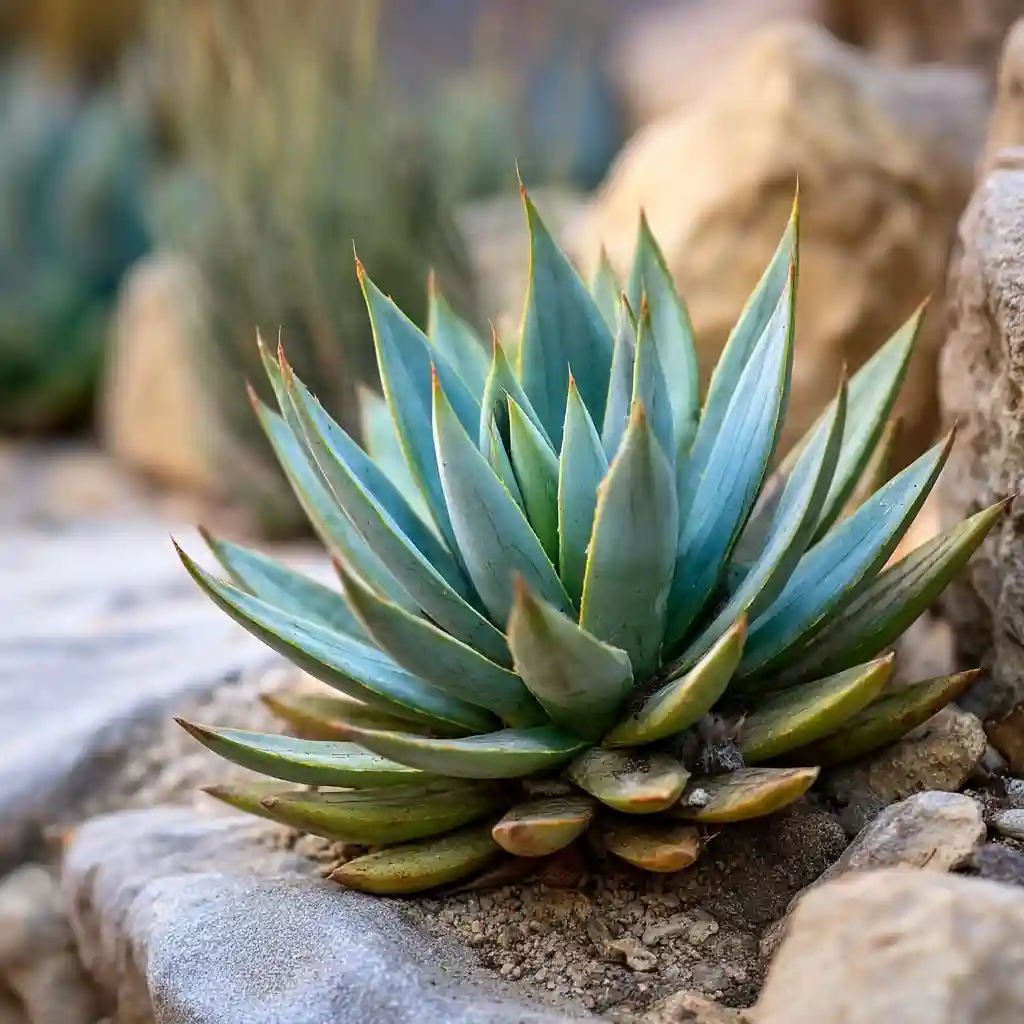
Short-leaf aloe is a compact succulent that thrives in hot, dry conditions with minimal care. Its thick, blue-green leaves store water, making it one of the most dependable drought-tolerant plants for sunny gardens or containers. In spring and early summer, it produces bright orange-red flower spikes that attract hummingbirds and pollinators. This aloe prefers well-drained soil and should be watered sparingly, as overwatering can cause root rot. Its clumping growth habit makes it perfect for rock gardens, borders, or as an accent plant in a xeriscape landscape.
9. Geranium (Pelargonium spp.)
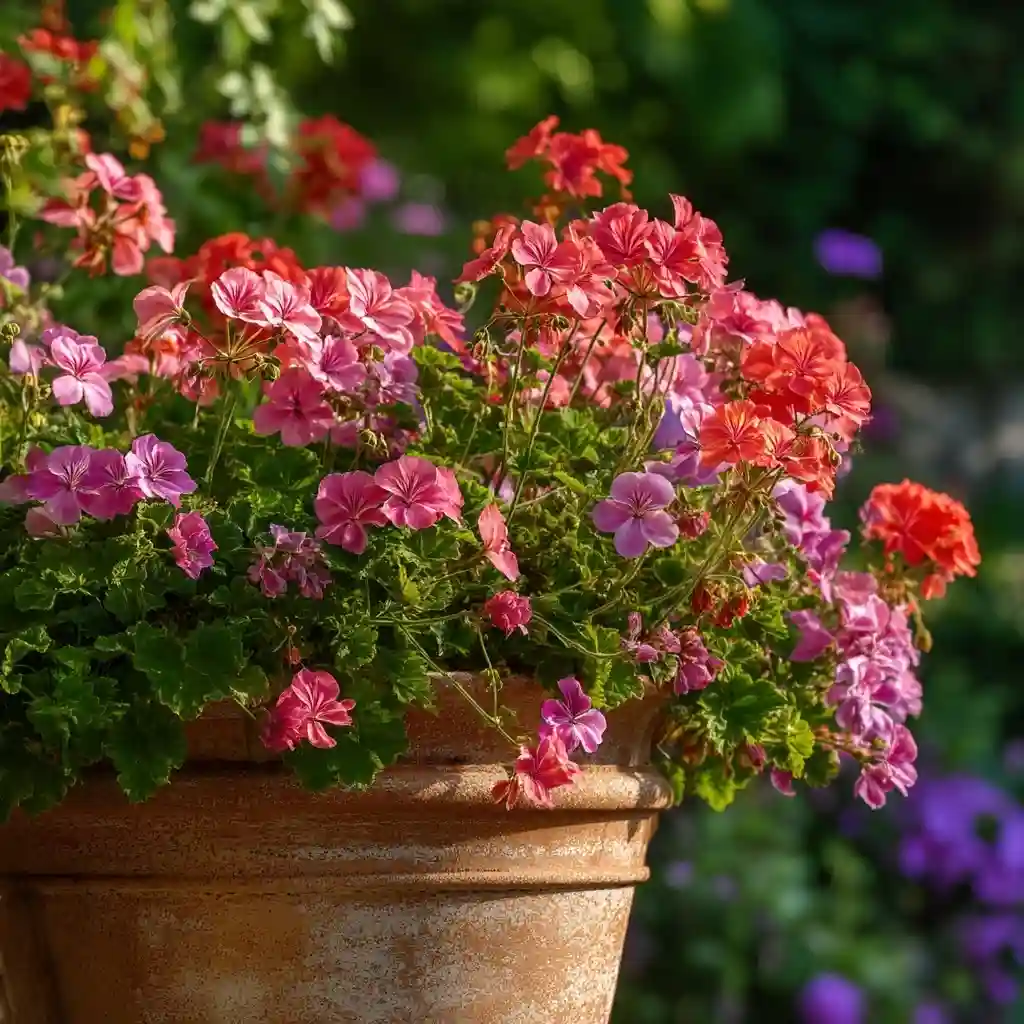
Geraniums are vibrant, sun-loving plants that bring long-lasting color to gardens with minimal water requirements. These drought-tolerant plants bloom in shades of red, pink, white, and purple, brightening containers, borders, and hanging baskets. They thrive in full sun and well-drained soil, and once established, they tolerate dry spells without losing their charm. Regular deadheading encourages continuous blooms throughout the summer. Geraniums are also lightly fragrant, which helps deter some pests, making them a low-maintenance favorite for both ornamental and practical gardens.
10. Yarrow (Achillea spp.)
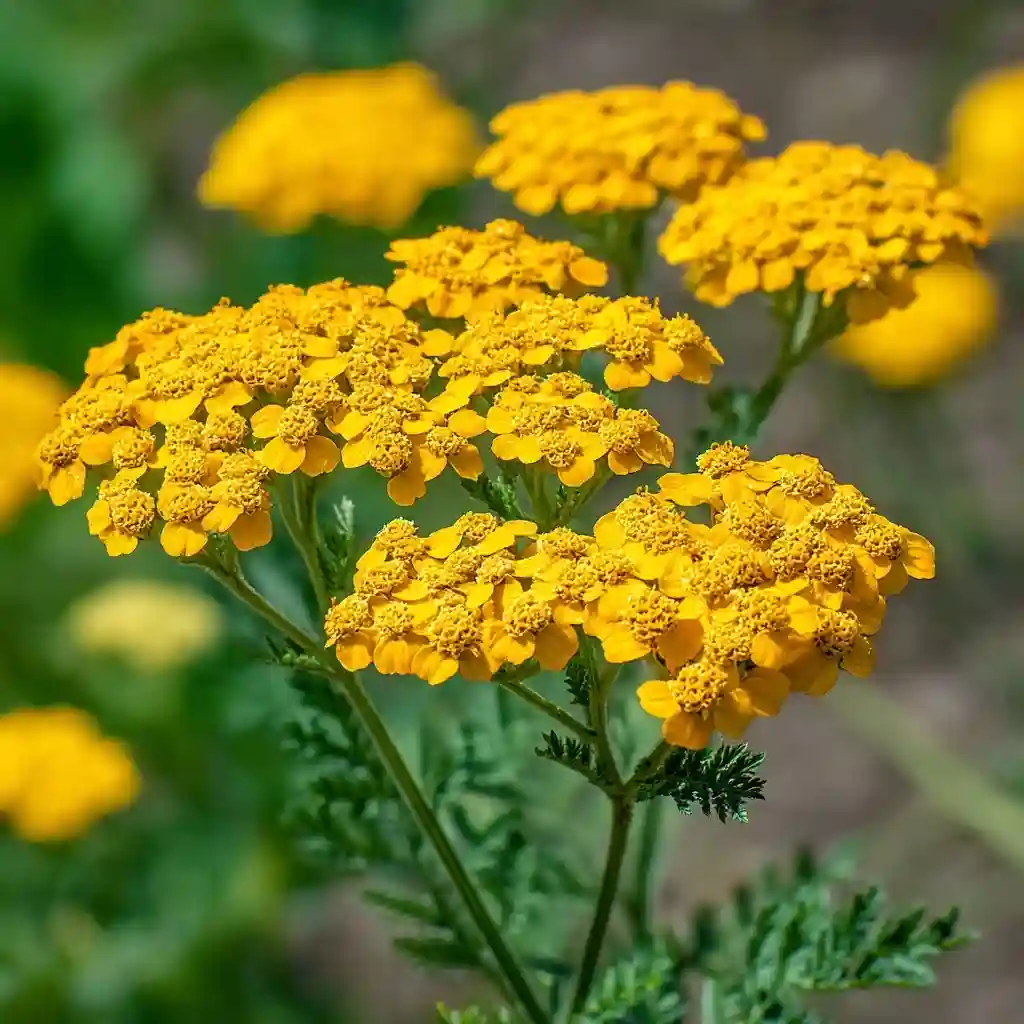
Yarrow is a hardy perennial that thrives in dry, sunny gardens and requires very little attention once established. This drought-tolerant plant produces clusters of tiny, flat-topped flowers in colors like yellow, white, pink, and red, creating a vibrant summer display. Its fern-like foliage adds soft texture to borders and meadows while also deterring deer and rabbits. Yarrow is highly attractive to pollinators, including bees and butterflies, and its long-lasting blooms can be cut for fresh or dried floral arrangements. Plant yarrow in well-drained soil, and avoid overwatering to prevent root problems.
11. Blanket Flower (Gaillardia spp.)
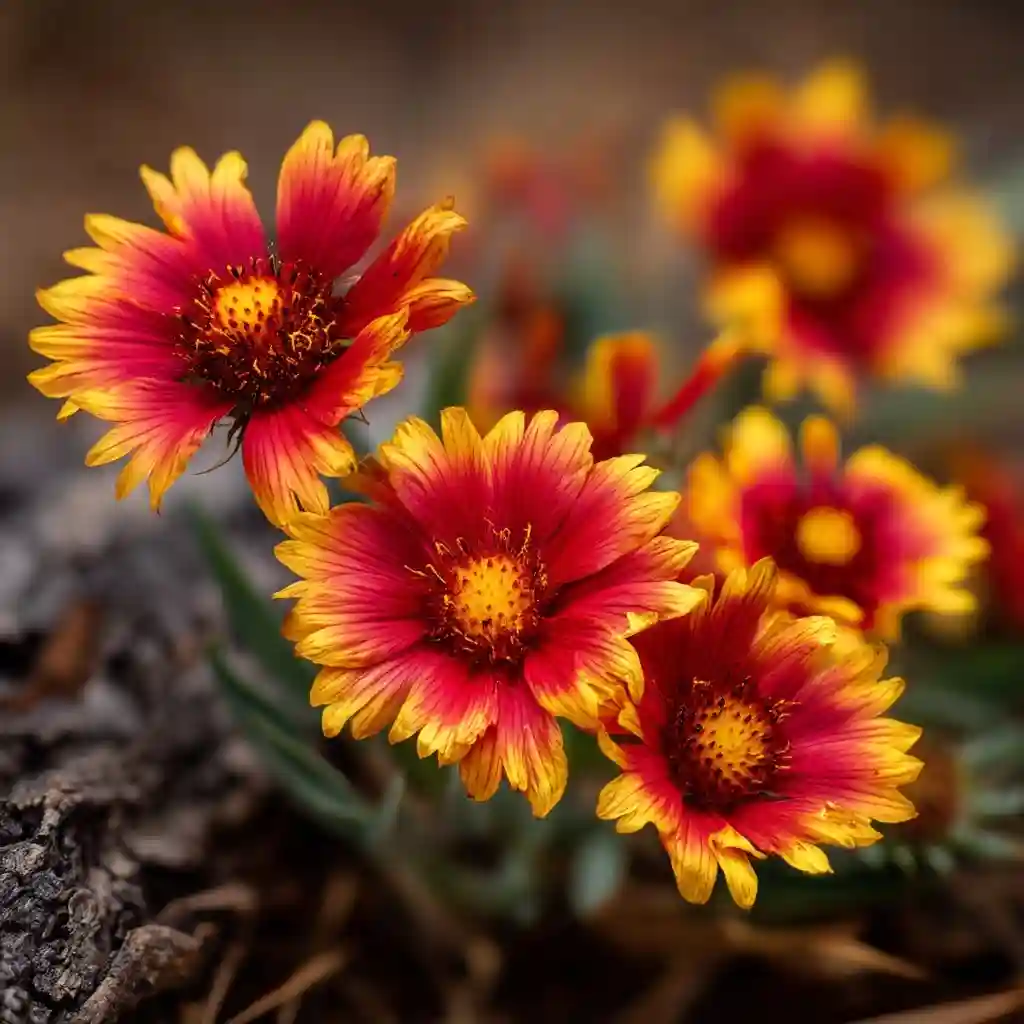
Blanket flower is a heat-loving perennial that thrives in sunny, dry conditions. Known for its fiery red, orange, and yellow blooms, this drought-tolerant plant adds a bold pop of color to borders, pollinator gardens, and wildflower meadows. Blanket flowers flourish in poor, sandy soil and require very little watering once established. Their long-lasting blooms attract butterflies and bees throughout summer and into fall. To keep the flowers coming, deadhead spent blooms regularly, and enjoy a garden display that looks like a vibrant quilt across the landscape.
12. Bougainvillea (Bougainvillea spp.)

Bougainvillea is a show-stopping, drought-tolerant plant that bursts with vibrant color in warm, sunny climates. Its papery bracts come in shades of magenta, orange, red, and white, creating a dramatic display along fences, trellises, or walls. Once established, bougainvillea thrives in dry conditions and prefers well-drained soil with minimal watering. This fast-growing climber can handle intense heat, and light pruning helps maintain its shape and encourage more blooms. Because it loves full sun, bougainvillea is perfect for adding tropical flair to patios, courtyards, and xeriscape gardens.
13. Blue Salvia (Salvia farinacea)
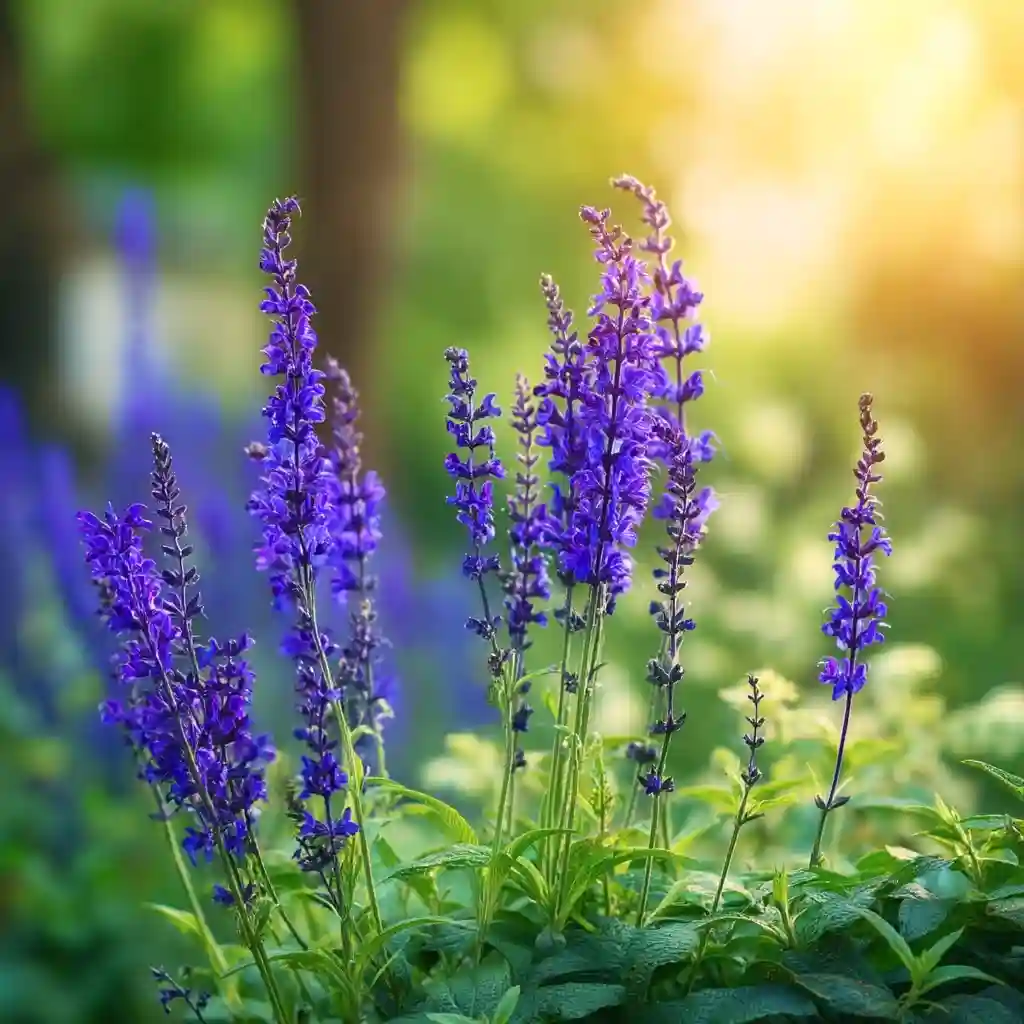
Blue salvia is a hardy perennial prized for its tall spikes of deep blue to violet flowers that brighten up summer gardens. This drought-tolerant plant thrives in full sun and well-drained soil, requiring only minimal watering once established. Its vibrant blooms attract bees, butterflies, and hummingbirds, making it a favorite for pollinator-friendly landscapes. Blue salvia is also resistant to deer and rabbits, reducing garden maintenance. For the best results, remove spent flower spikes to encourage continued blooming and enjoy a sea of blue throughout the hottest months.
14. Prickly Pear Cactus (Opuntia spp.)
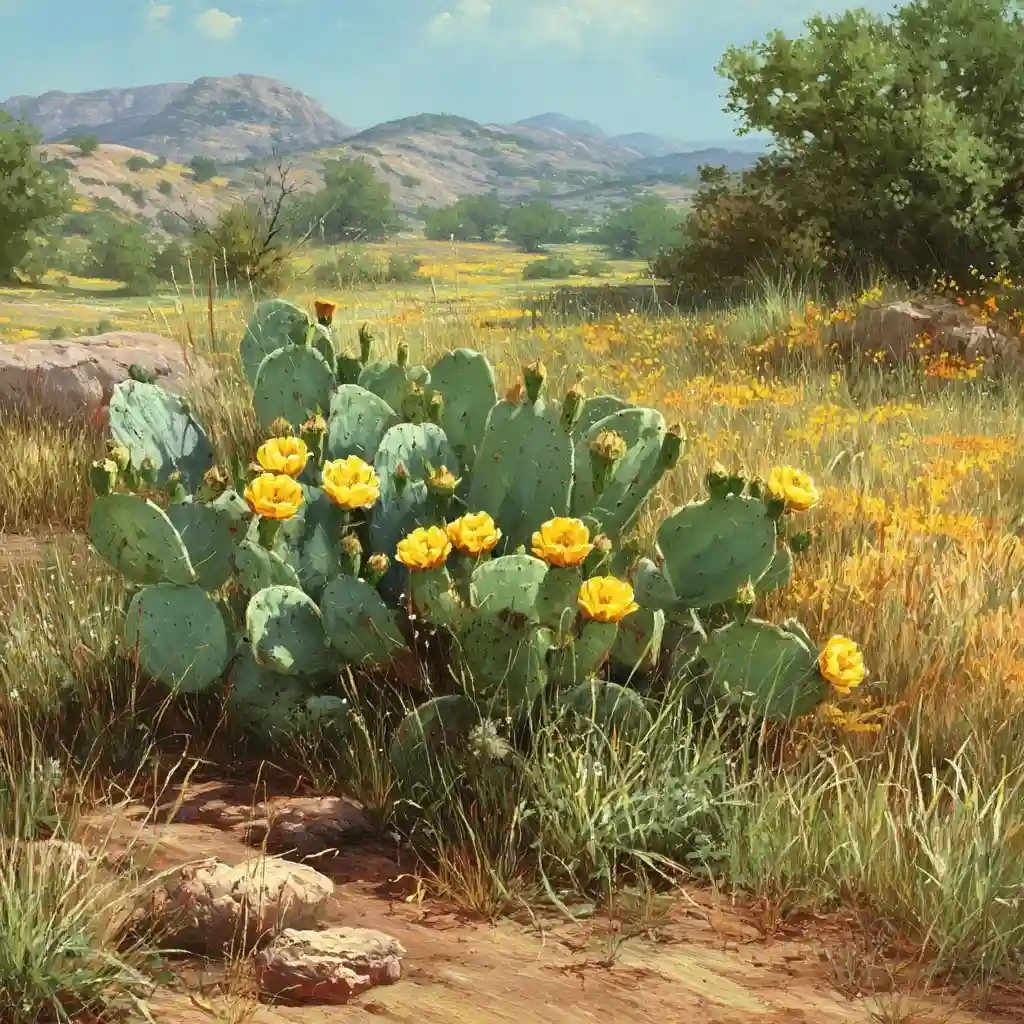
Prickly pear cactus is one of the toughest drought-tolerant plants you can add to a dry garden. Its flat, paddle-like pads store water, allowing it to survive extreme heat and long periods without rain. In late spring to summer, it produces striking yellow, orange, or pink flowers, followed by edible fruits called tunas. This cactus thrives in sandy or rocky, well-drained soil and full sun, making it a perfect choice for xeriscaping or desert-style landscapes. Minimal watering and occasional pruning to remove damaged pads are all it needs to flourish year after year.
15. Coneflower (Echinacea purpurea)
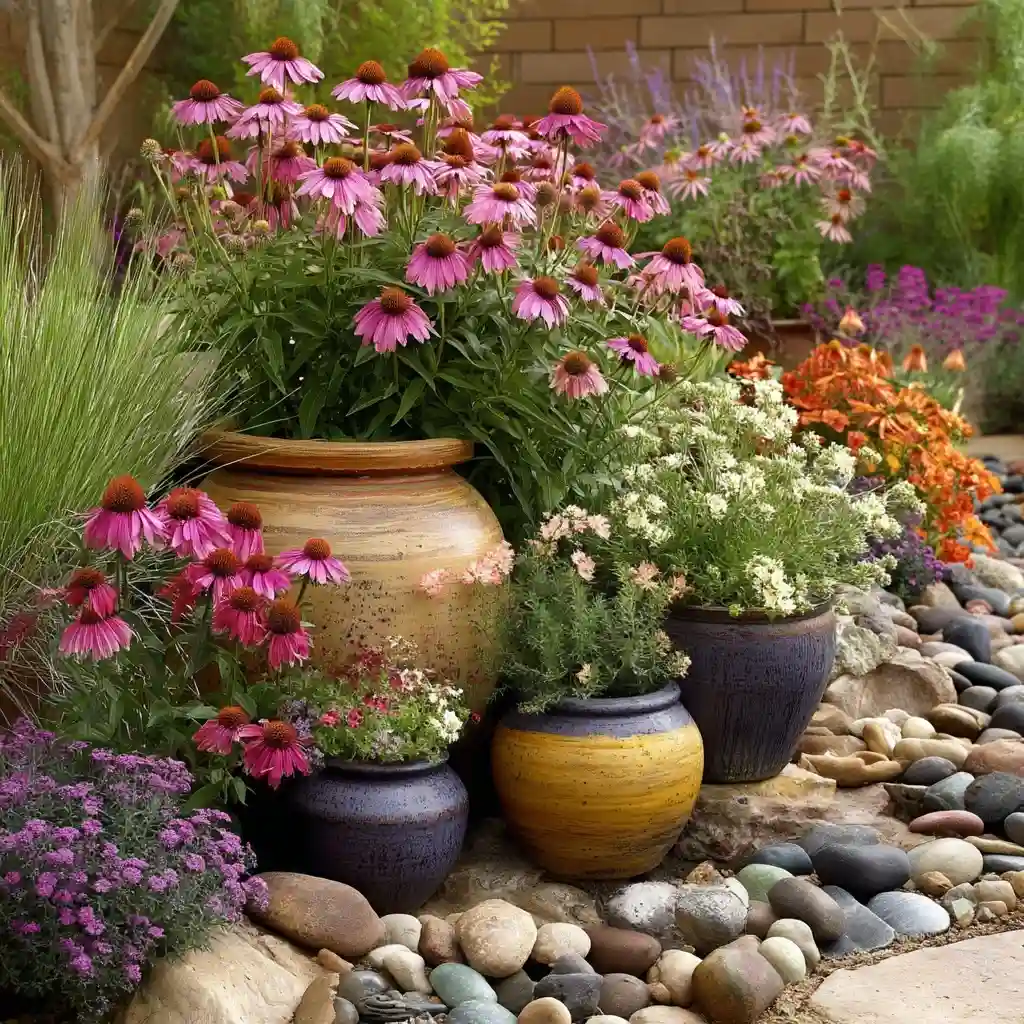
Coneflower is a resilient perennial that thrives in sunny, dry gardens with minimal care. This drought-tolerant plant produces large, daisy-like flowers with purple petals and prominent orange centers, adding a cheerful splash of color all summer long. Coneflowers are loved by bees, butterflies, and songbirds, making them an excellent choice for pollinator-friendly landscapes. They prefer well-drained soil and can tolerate heat and periods of drought once established. Deadheading spent blooms encourages continuous flowering, while leaving a few seed heads at the end of the season provides winter food for birds.
Conclusion
Transforming your garden with drought-tolerant plants not only saves water but also creates a beautiful, low-maintenance landscape that thrives through summer heat. By incorporating resilient favorites like lavender, blanket flower, and prickly pear cactus, you can enjoy months of vibrant color and pollinator activity without constant watering. With the right mix of perennials, succulents, and flowering plants, your garden will stay lively, sustainable, and stress-free all season long.
🌿 Love gardening inspiration? Follow me on Pinterest for bold plant ideas, tips, and seasonal color!
More Posts
